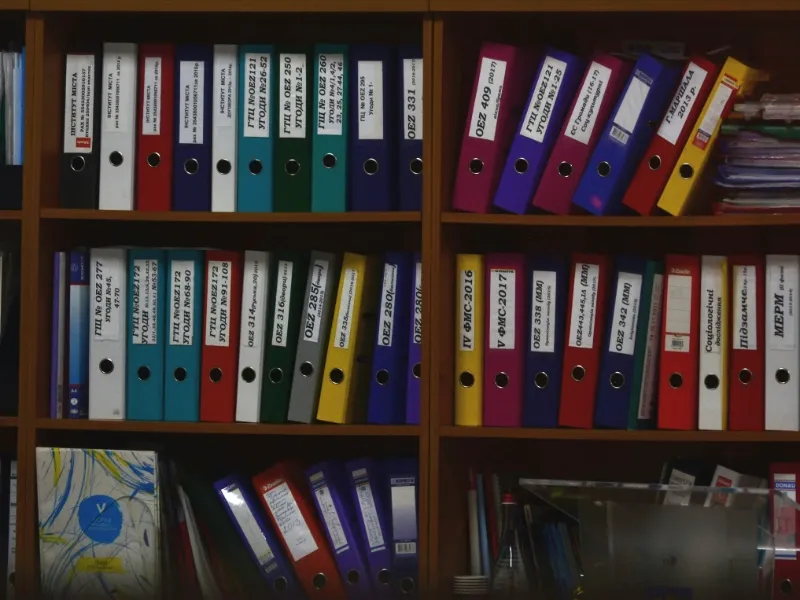- The Internet Archive, established in 1996, now houses over 330 billion web pages and millions of other media items, operating globally with 33 book-scanning centers supported by libraries and foundations.
- The Internet Archive serves as a digital time capsule, preserving iconic moments and platforms from the early internet era.
Since its founding by Brewster Kahle in 1996, the Internet Archive has grown into a vast digital library, it operates globally with 33 book-scanning centers, ensuring rare and out-of-print works are accessible and preserved.
The origins and evolution of internet archive
In 1996, Brewster Kahle founded the non-profit Internet Archive, driven by the concern that information on the internet might not be preserved as permanently as print in books. The Internet Archive quickly became known as one of the most significant repositories of digital content. Kahle’s innovative Wayback Machine, a tool that captures and archives web pages, has been pivotal in this endeavor. The Wayback Machine systematically archives vast amounts of data, though it prioritizes certain websites over others in terms of frequency and depth of archiving.
Also read: This data scientist wants to build an archive about the history of internet measurement
Also read: Anti-DDoS protection: Safeguarding your online presence
Massive digital repository with global reach
The Internet Archive, founded by Brewster Kahle in 1996, has grown into one of the most comprehensive digital libraries in existence. It boasts an impressive collection of over 330 billion web pages, preserving the internet’s history through the Wayback Machine. Beyond web pages, the Archive has amassed 20 million books and texts, 8.5 million audio and video recordings, 3 million images, and 200,000 software programs. This extensive repository is accessible to the public for free, supporting the Archive’s mission to provide “Universal Access to All Knowledge.”
The Internet Archive’s global reach is further underscored by its operations in five countries, where it runs 33 book-scanning centers. These centers digitize books from libraries and cultural heritage institutions worldwide, ensuring that even rare and out-of-print works are preserved and accessible.
Preserving digital nostalgia
For those who are nostalgic about the early days of the internet, the Internet Archive offers a glimpse into the past with its extensive collection of digital snapshots. It captures iconic moments and platforms that defined the early internet era, such as the once-popular Chinese forums Tianya and Douban, and the early days of Facebook. Users can explore old web pages and see how sites like Sina Weibo looked years ago.
The Internet Archive’s collection serves as a time capsule, preserving the digital heritage of the 80s and 90s and beyond.
Global reach and resource availability
The Internet Archive’s impact is global, with operations in five countries and 33 book-scanning centers. These centers digitize and preserve books from libraries and cultural heritage institutions worldwide. The Archive’s efforts are supported financially by libraries and foundations, underscoring the collaborative nature of this preservation mission.

